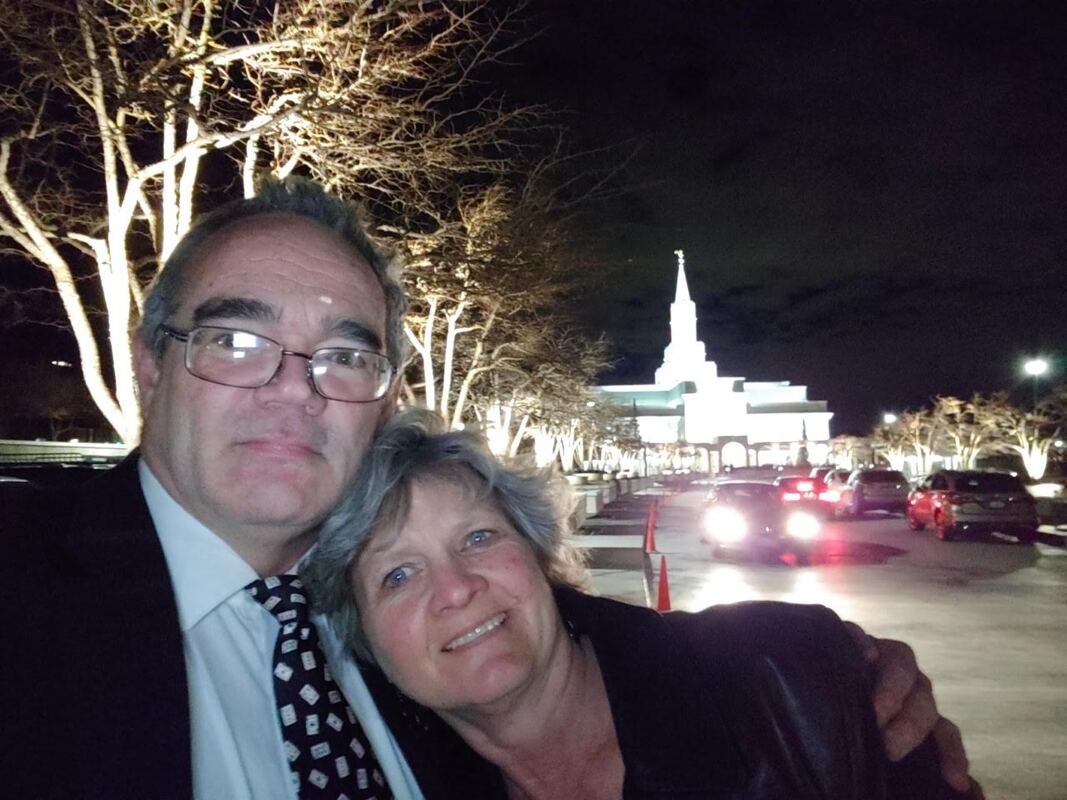
To be eligible for the scholarship candidates had to be enrolled as a sophomore, junior, or senior at WSU, have a GPA of 2.5 or higher, and be married. To apply for the scholarship they had to write an essay describing what traditional family values meant to them and their spouses had to write a letter recommending them for the scholarship. (Side note: Reading the letters of recommendation from the spouses is a tender experience.)
The scholarship is designed to strengthen families, to help fathers and mothers to gain the education needed to support their families. In the words of Father Cummins, one of the scholarship’s founding members, “We hope to take fathers out of digging ditches and into the homes of their children.” Though our funds are meager, our goals are lofty.
Over 100 students applied for the scholarship. Six were selected as finalists and interviewed by the TFV Scholarship committee. Each of the six committee members asked the finalists a question and my question sought their advice about marriage.
When asked about marriage, these apparently happily married people, people who were vying for a scholarship related directly to marriage, people who may or may not get tuition money based on their ability to present themselves a good candidates for a scholarship focused on family relationships, people who, one would think, would be likely to sugarcoat their answers…. These people, across the board, indicated that marriage takes work.
“In marriage you must make a daily decision to love someone.”
“Compromise. Navigate.”
“We struggled for eight years. Marriage is not easy. Keep working at it.”
“Date every week. You have to put your relationship with your husband first.”
“Decide what to fight for; discern what’s important.”
“There are rocky times. Keep pushing through hard times.”
I was deeply impacted by their frank, honest answers. The candidates ranged in age from mid-20’s to mid-50’s. There were men and women, newly weds and grandparents, college sophomores and grad students. Some were products of traditional families and some came from broken homes. Nonetheless, all recognized the universal truth that marriage is work. And, more importantly, all of them testified that marriage is worth the work it requires.
Marriage is work. Marriage is also friendship, connection, fulfillment, synergy and joy. So much joy!!
Lance and I have struggled. We have compromised, navigated, and had to discern what was important. Some days the decision to love each other was difficult. But we pushed through hard times and I can honestly say that I am married to my best friend. He is my companion of choice, the one I turn to in tragedy and triumph, for comfort and council, for better or for worse, forever and ever, amen!
My marriage advice? Marriage is work. Work at it. It is worth it. So, SO worth it!
POST NOTE: Contributions to the Traditional Family Values Scholarship are welcome, encouraged, and celebrated. They are also tax deductible. If you are interested in contributing, please contact me or the WSU Scholarship Office, 801-626-7569, 3885 West Campus Drive, Dept 1136, Ogden UT 84408-1136.
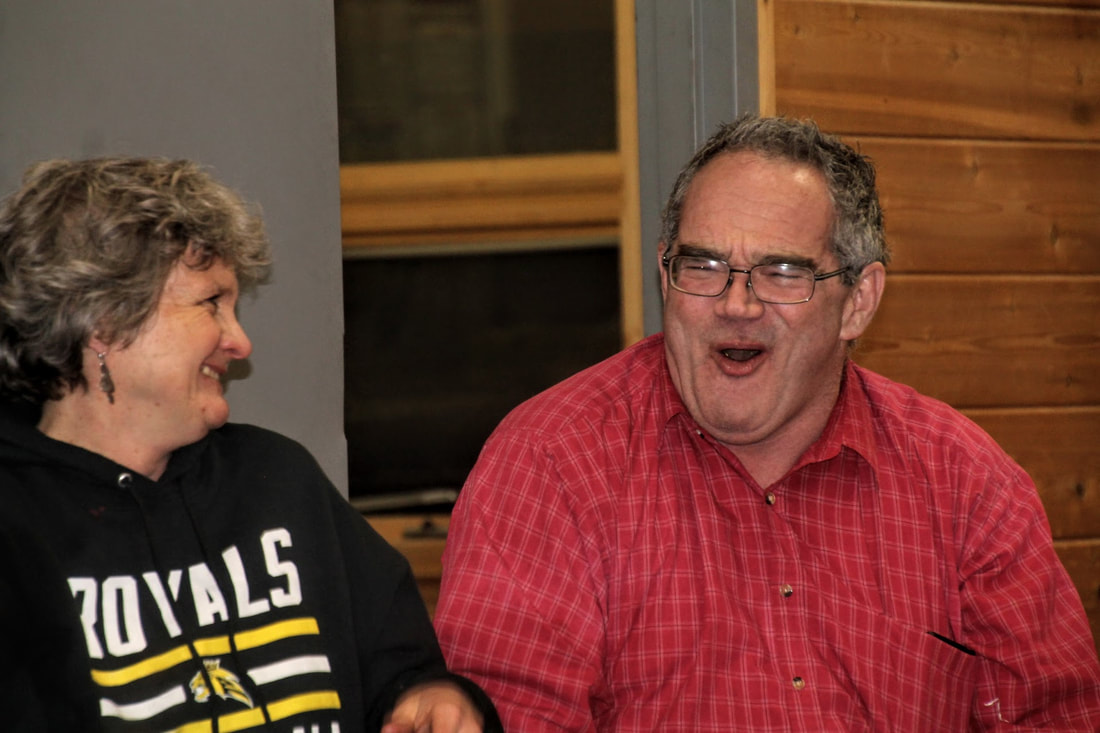
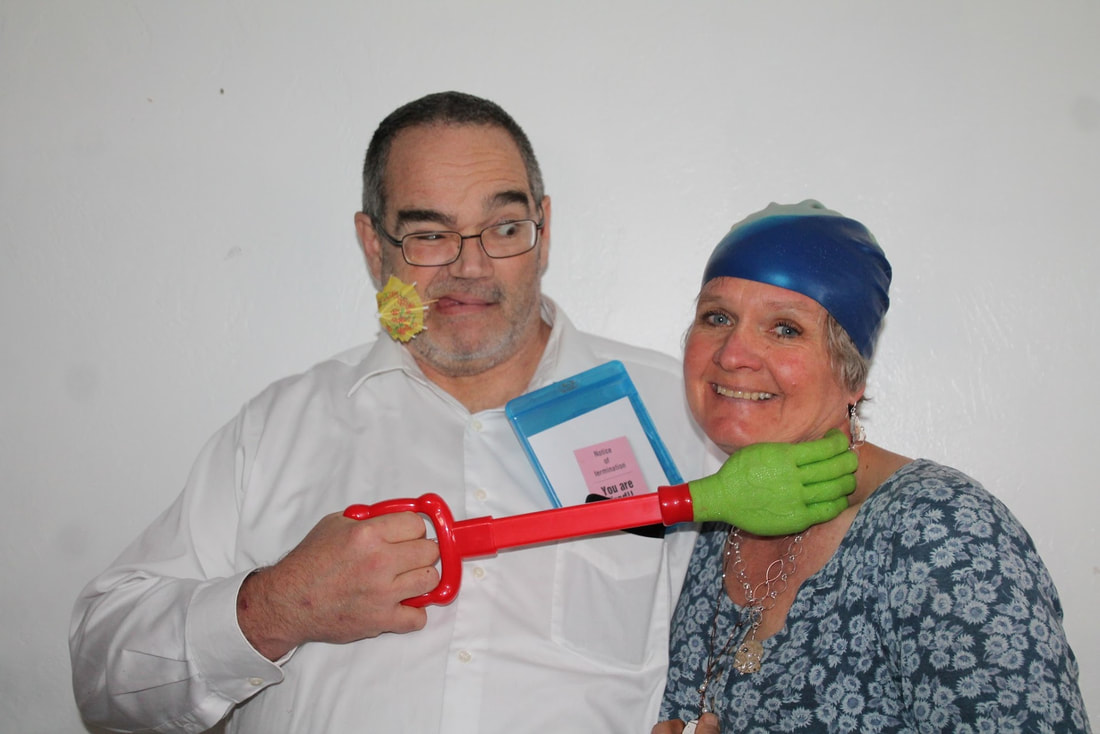

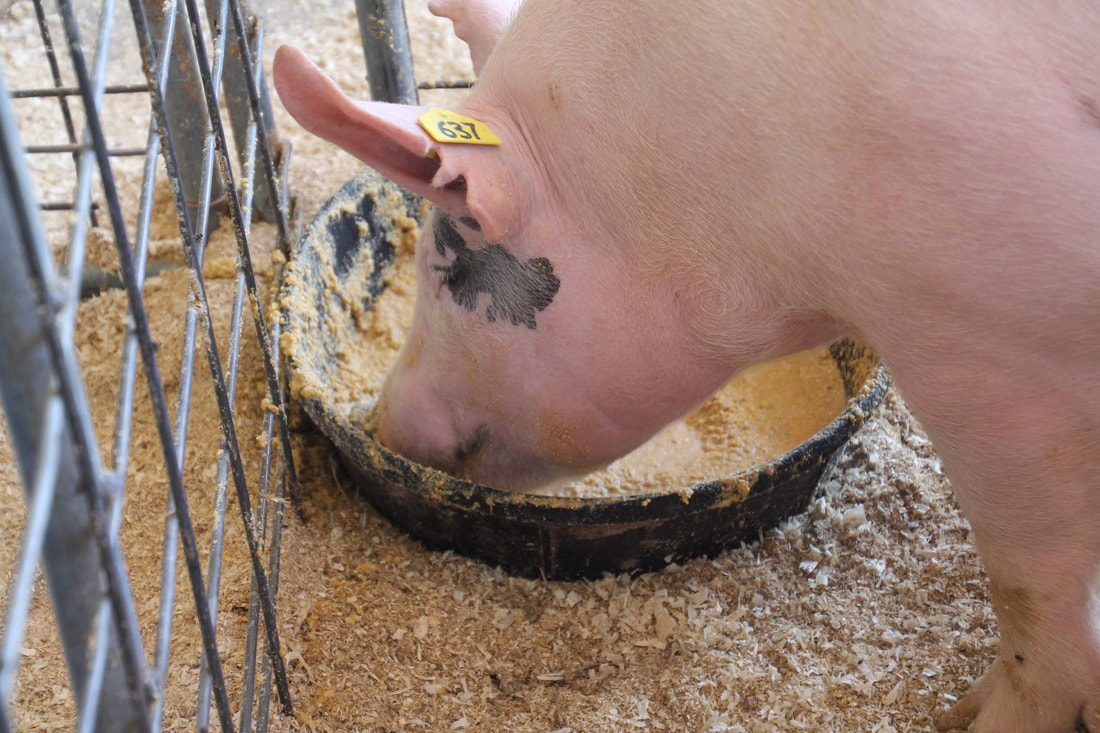
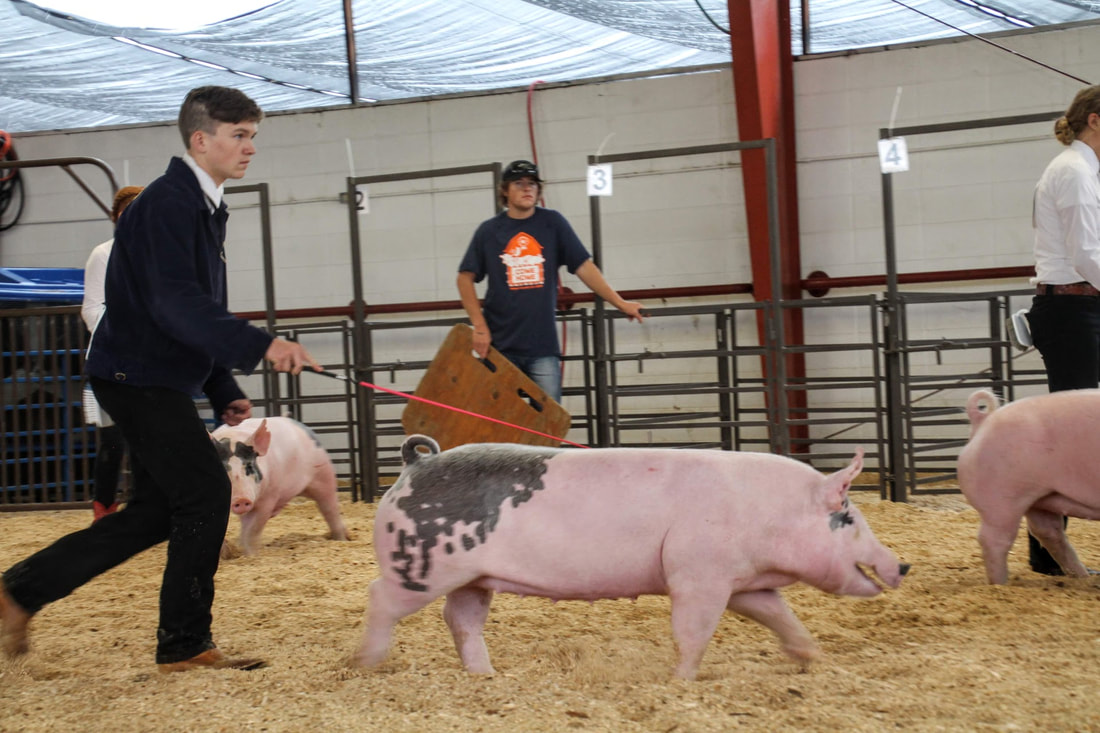
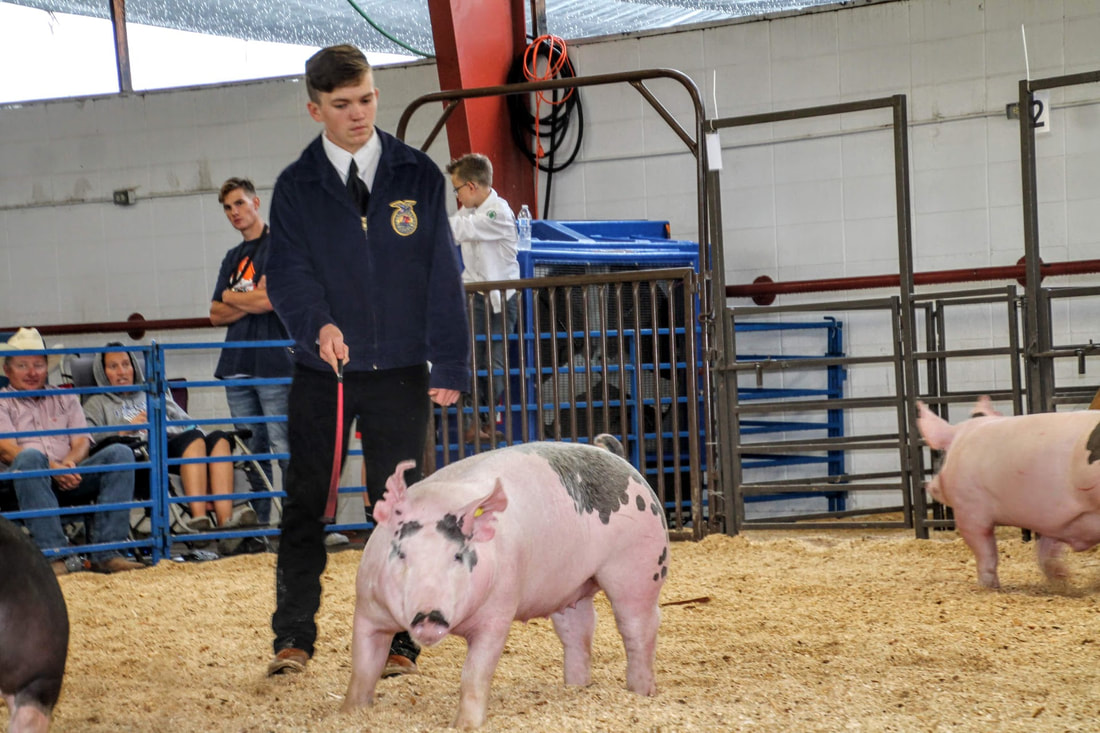
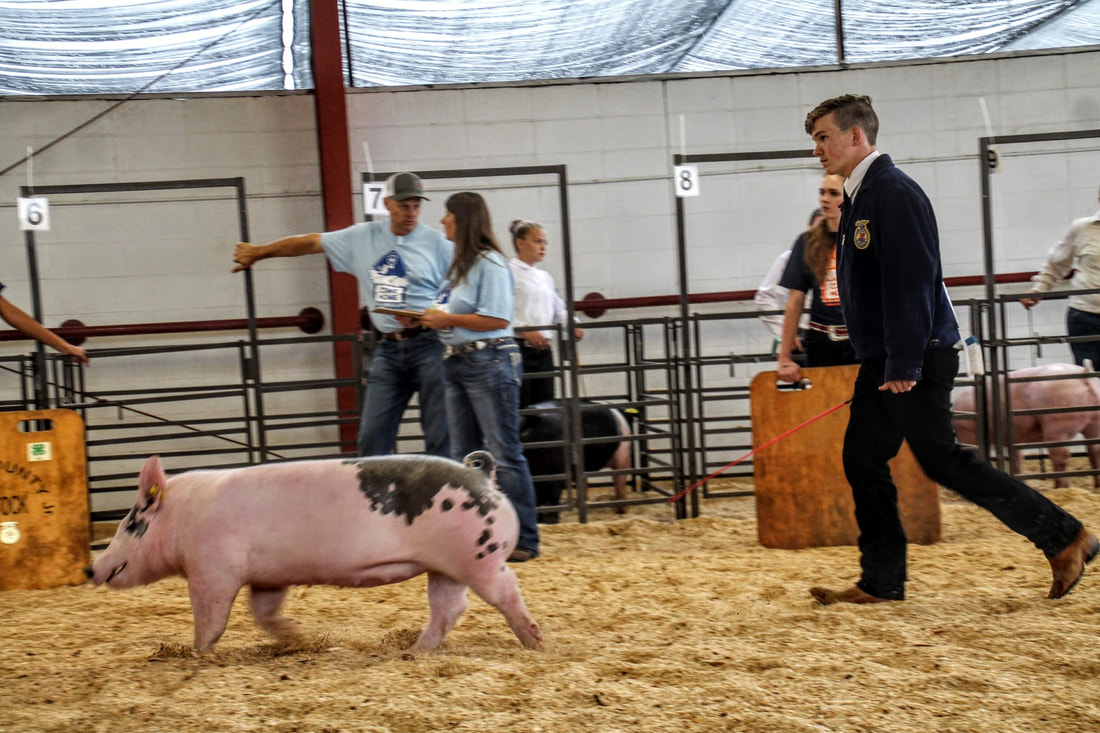
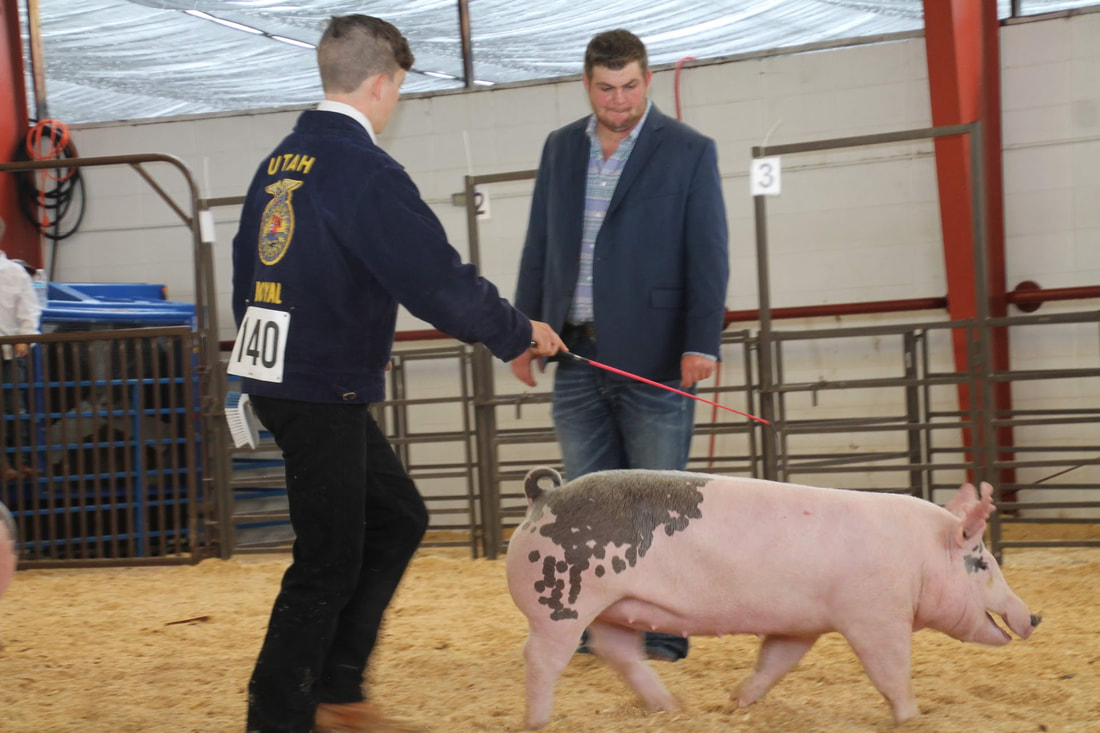
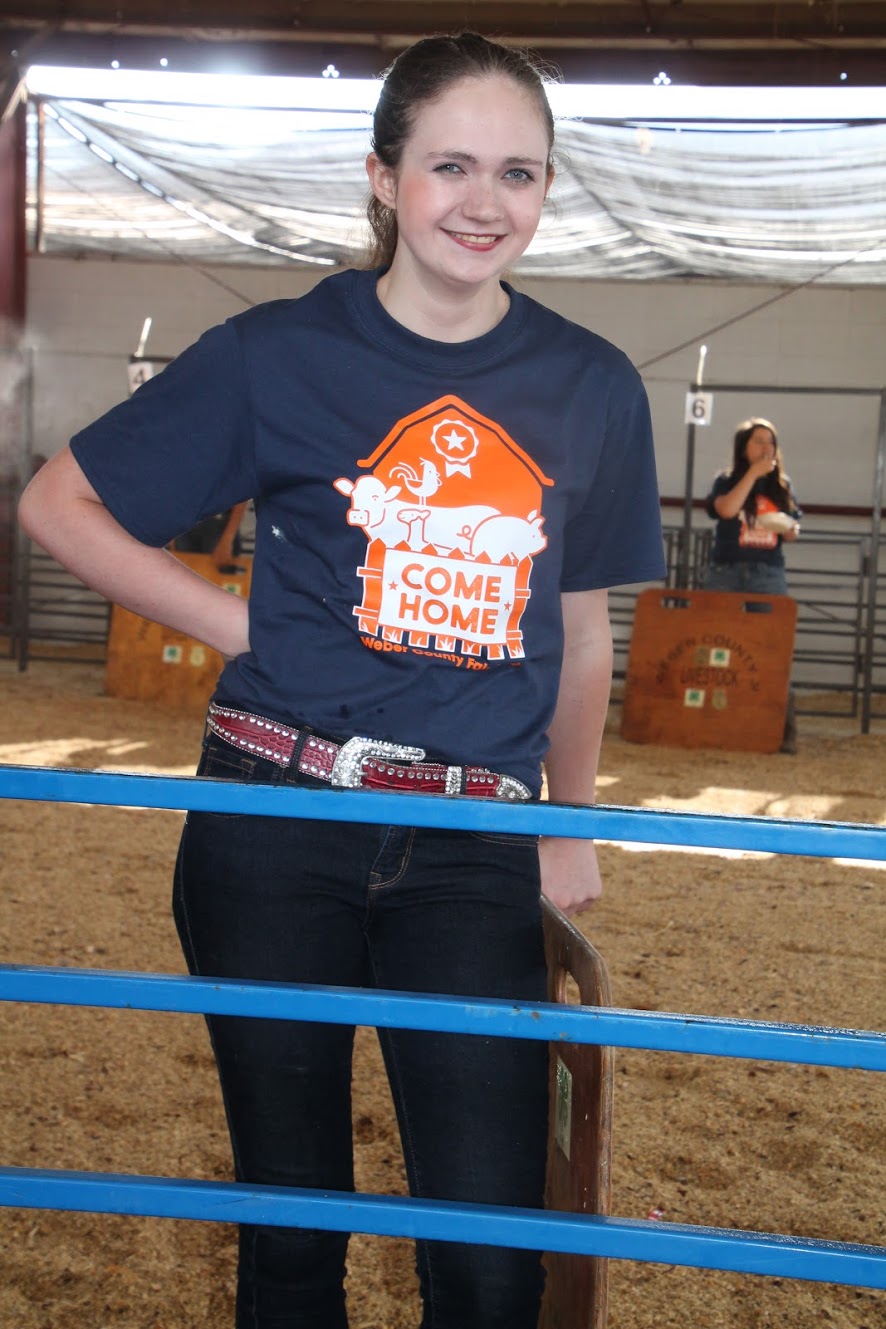
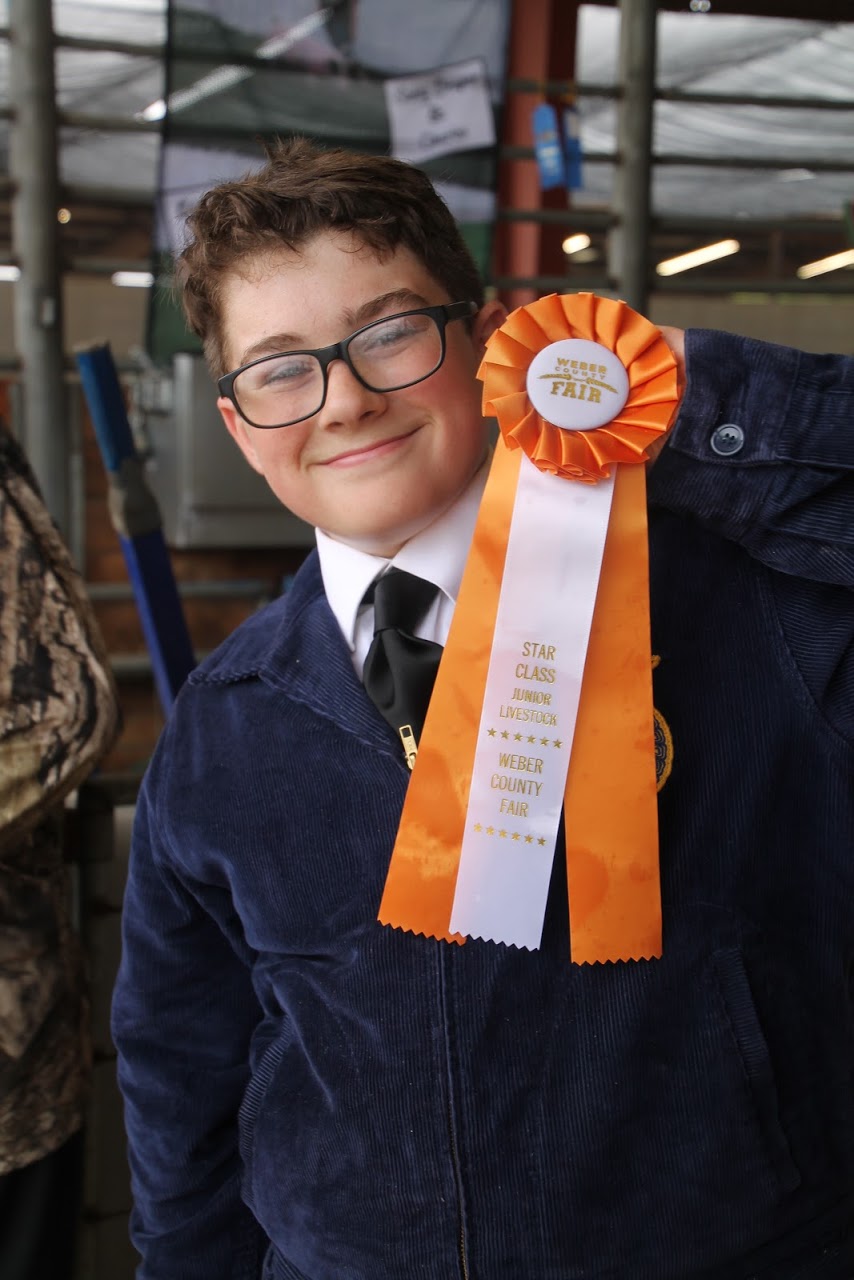
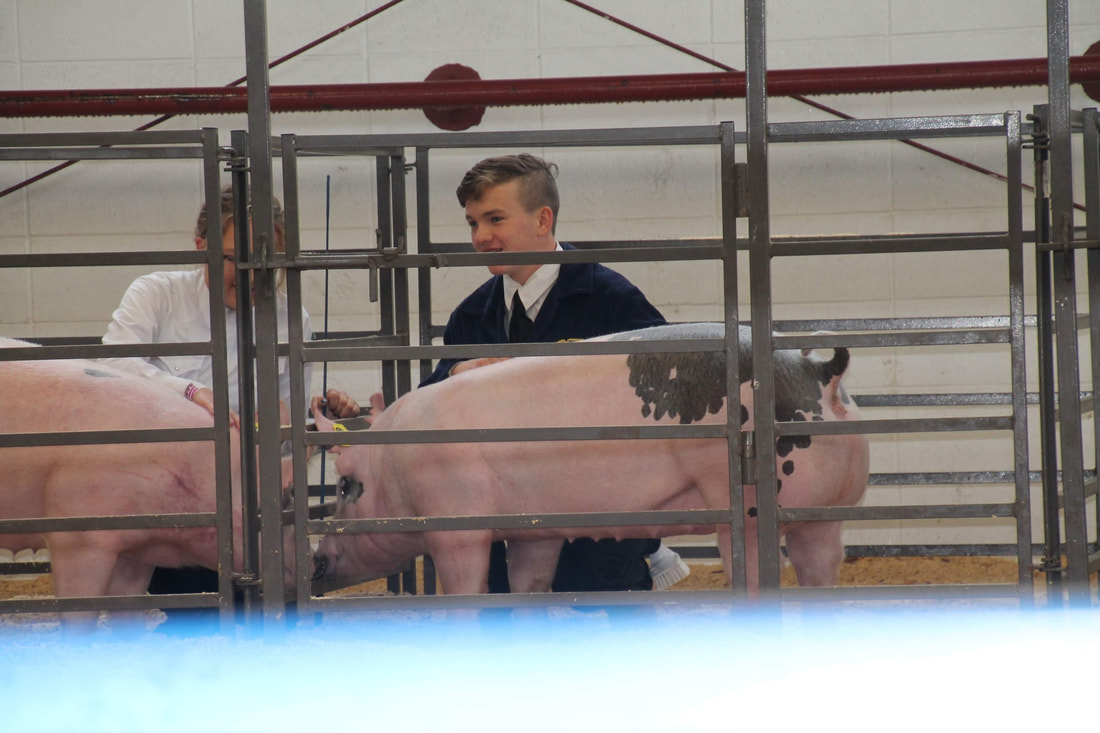
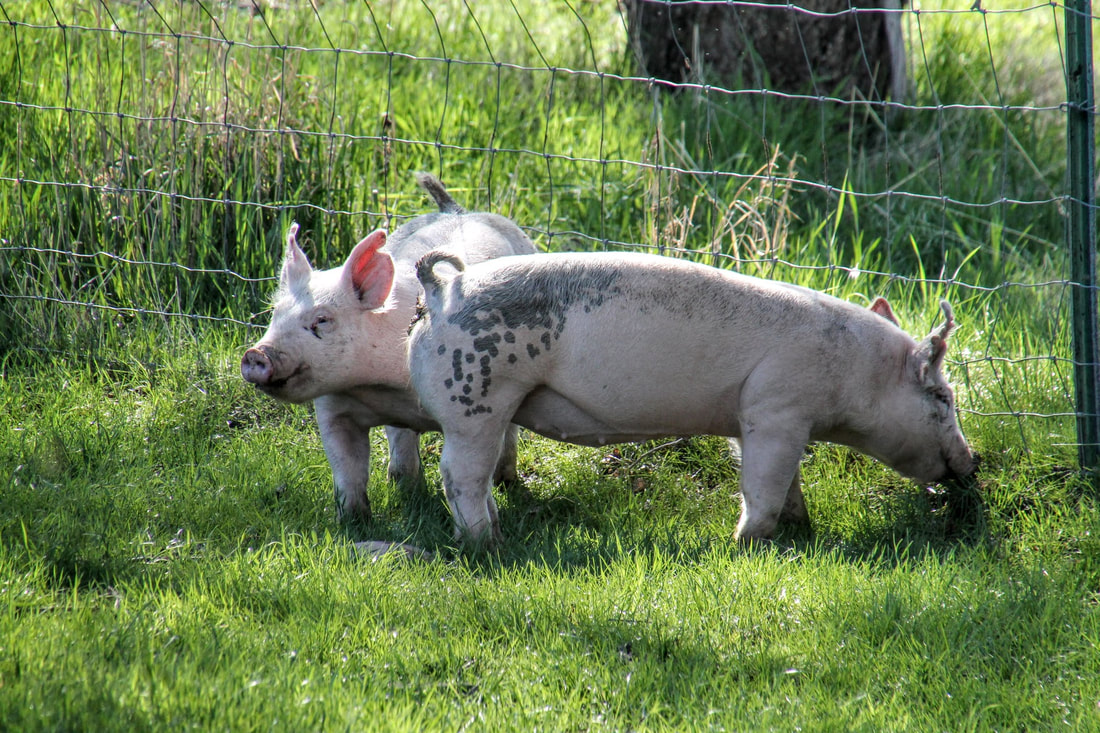
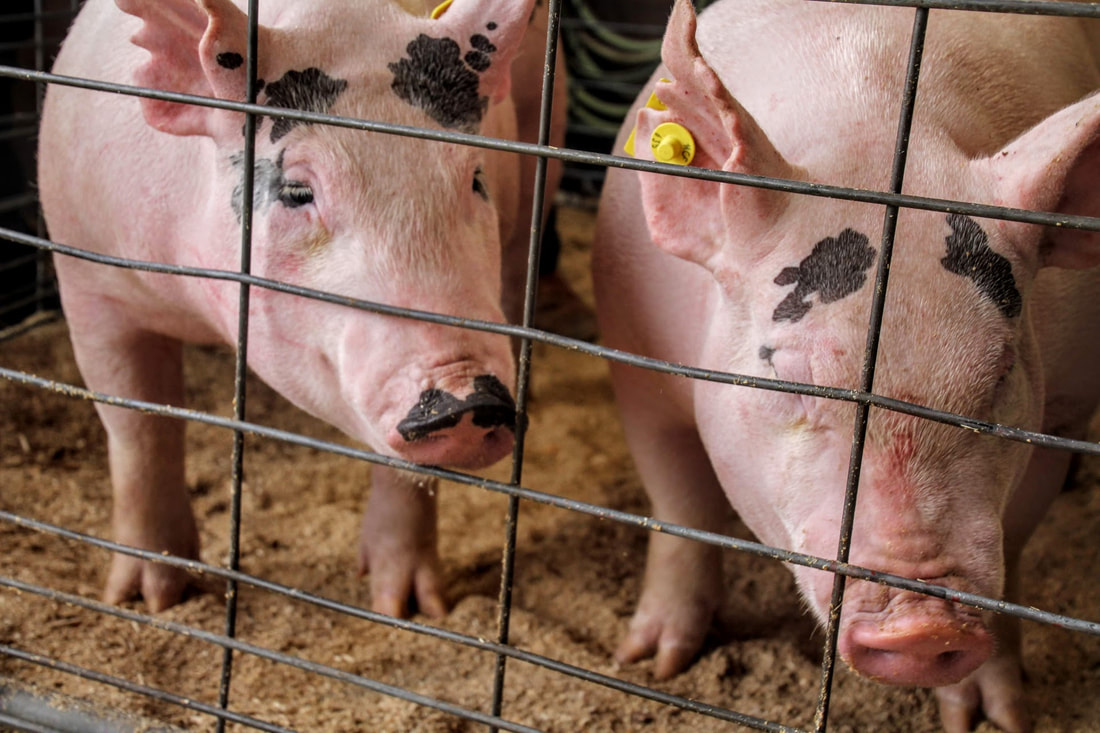
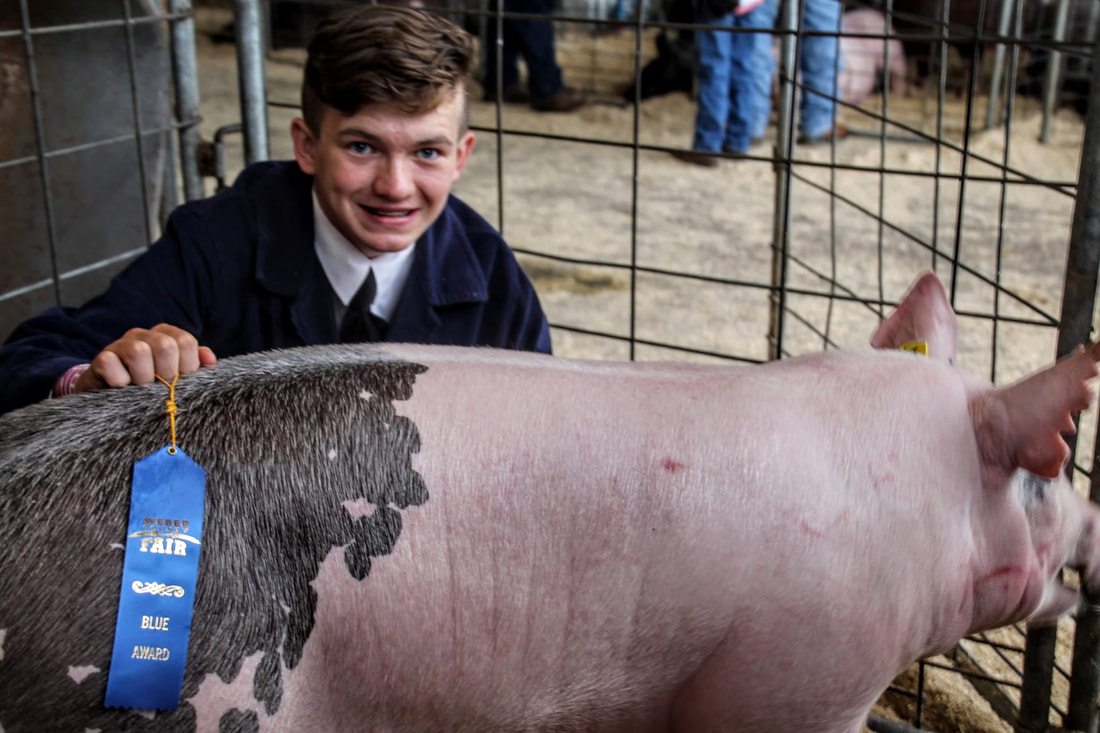
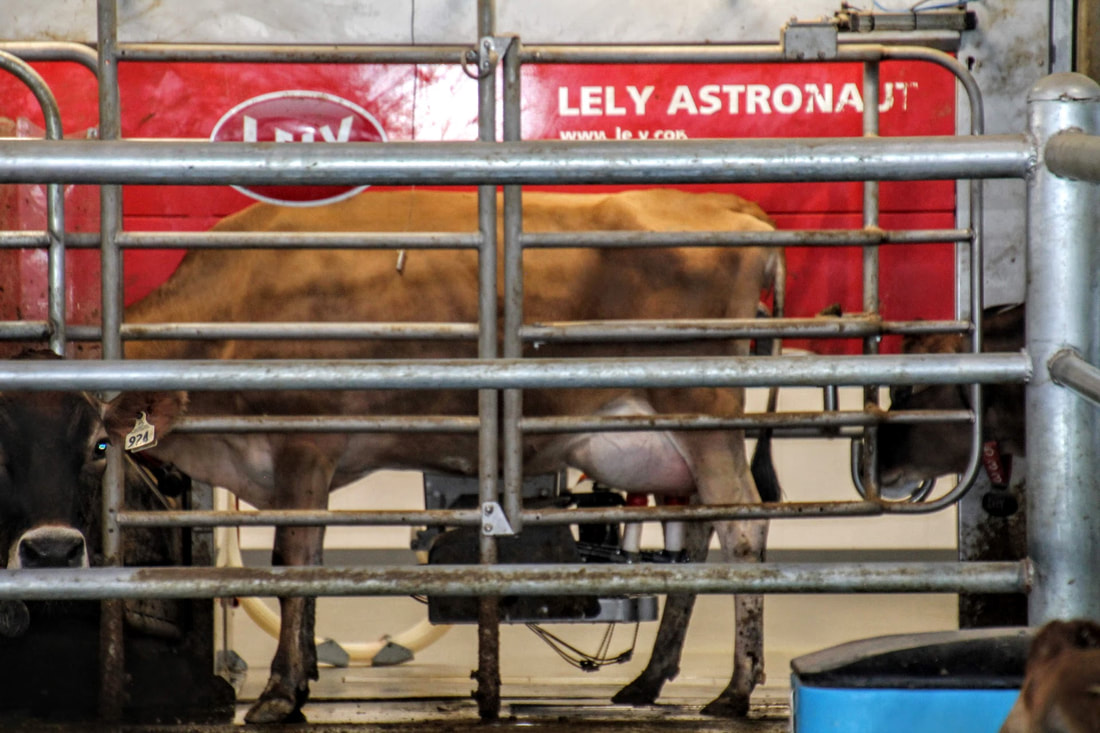
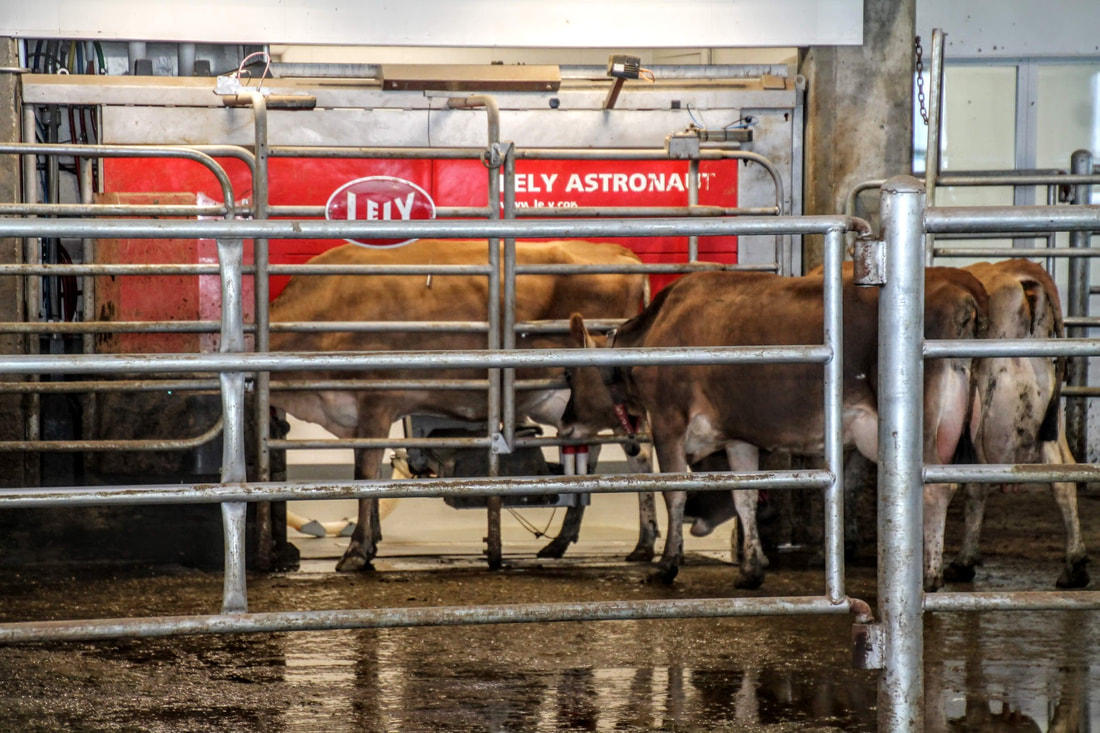
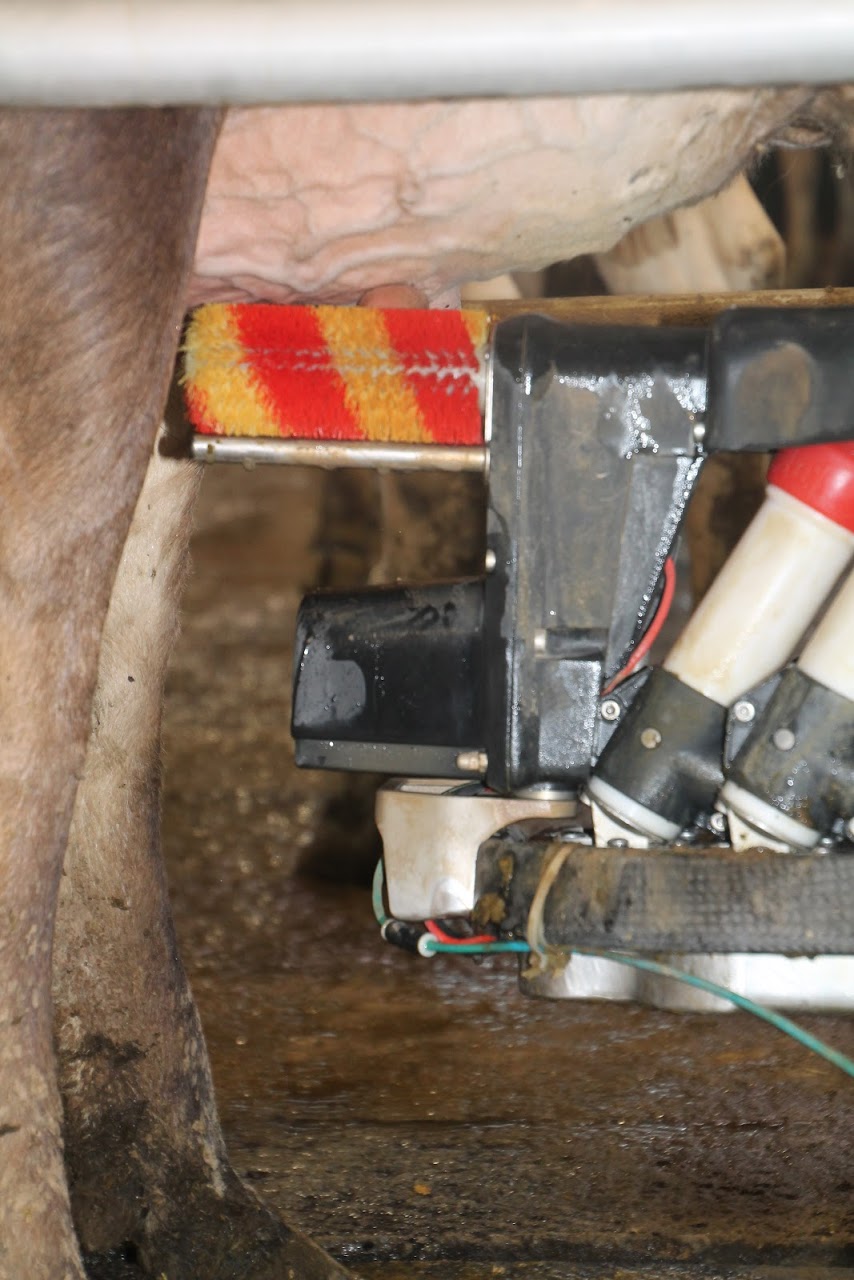
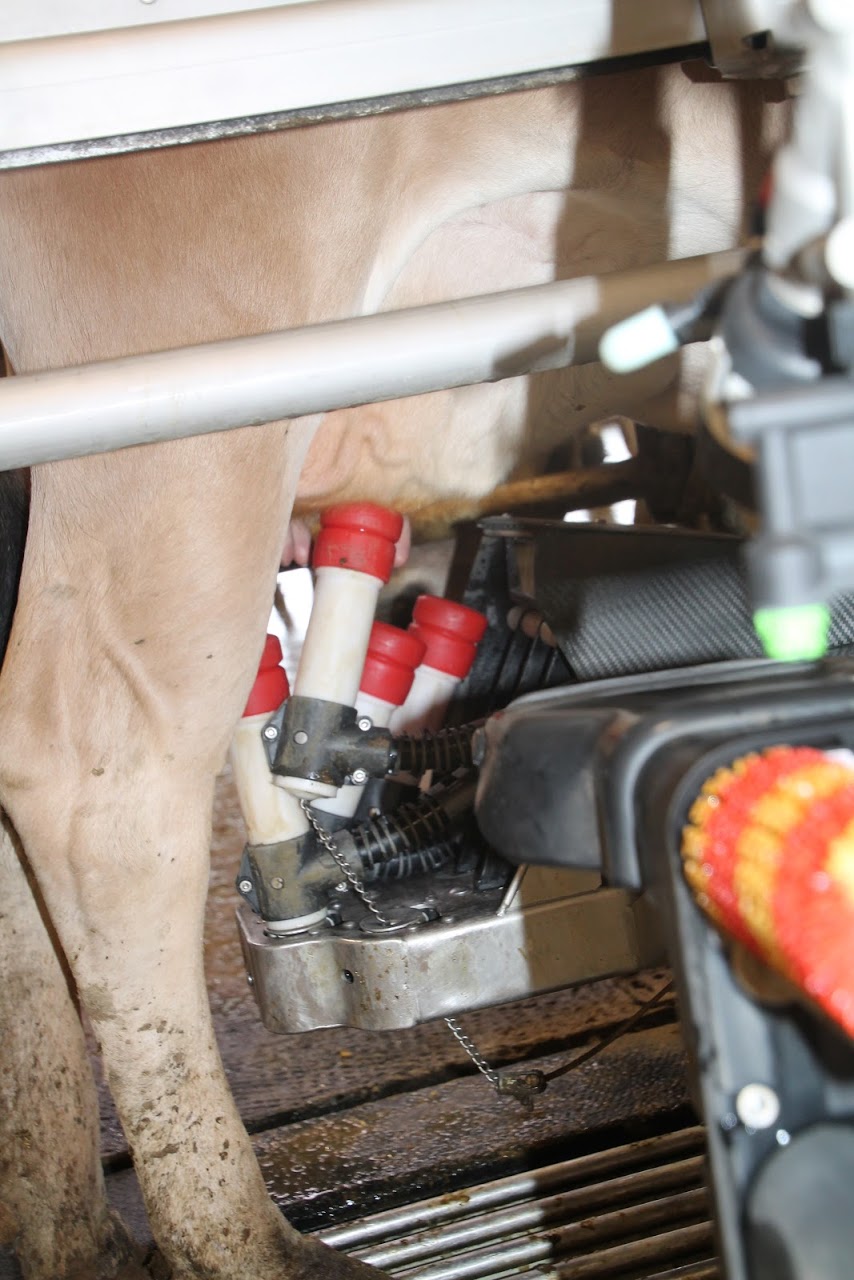
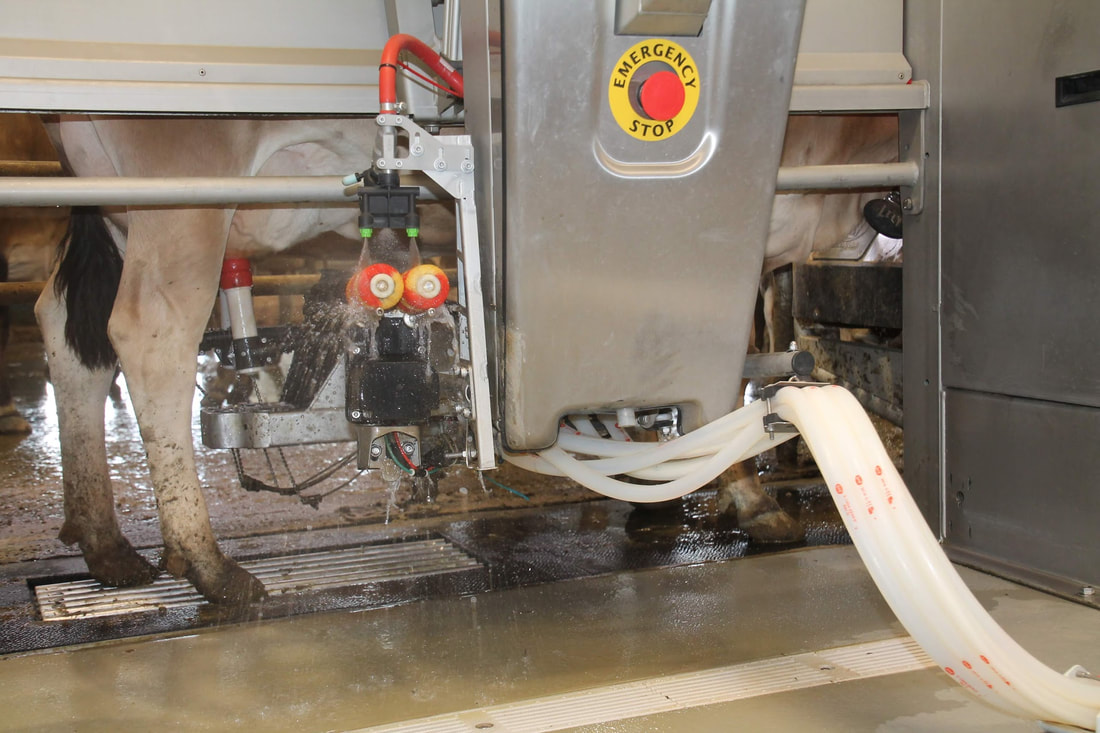
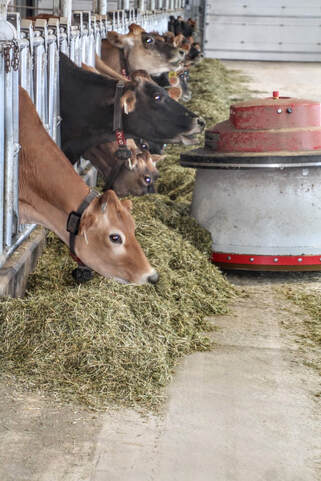
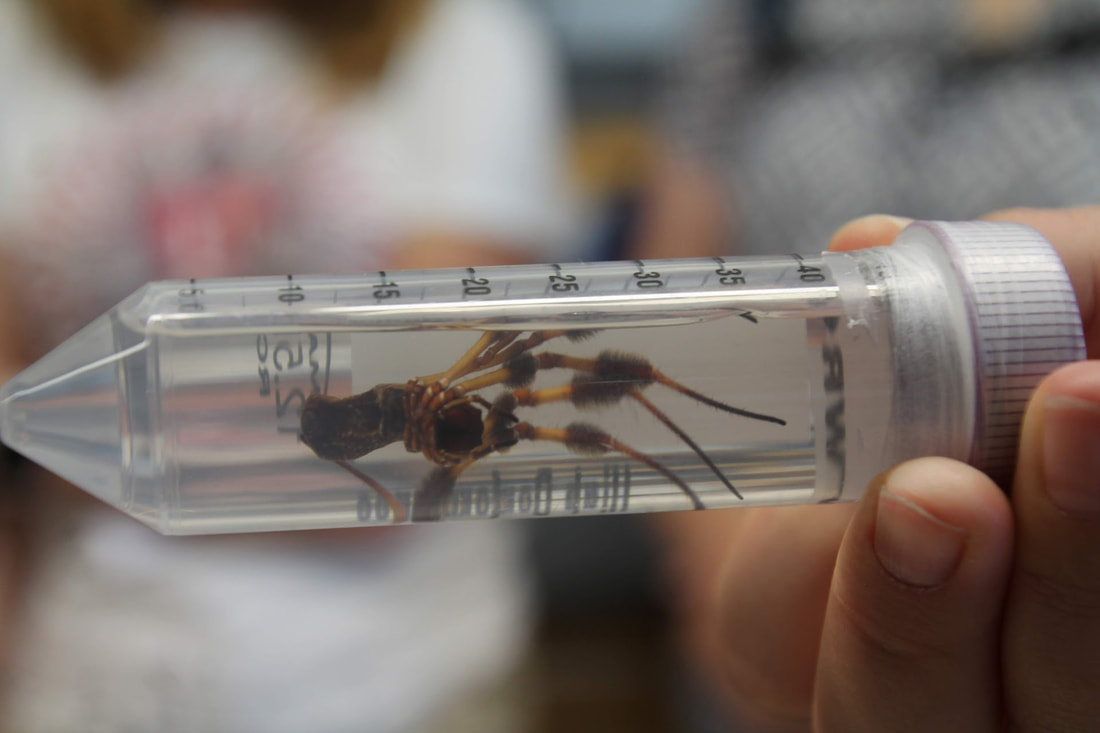
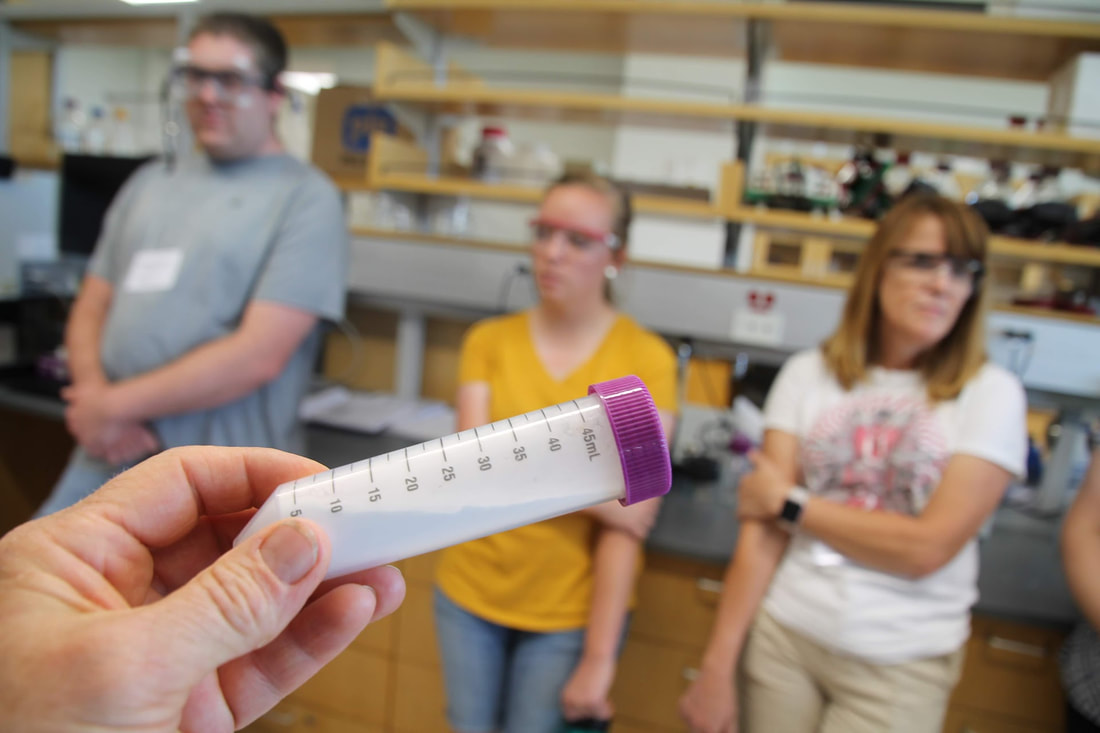
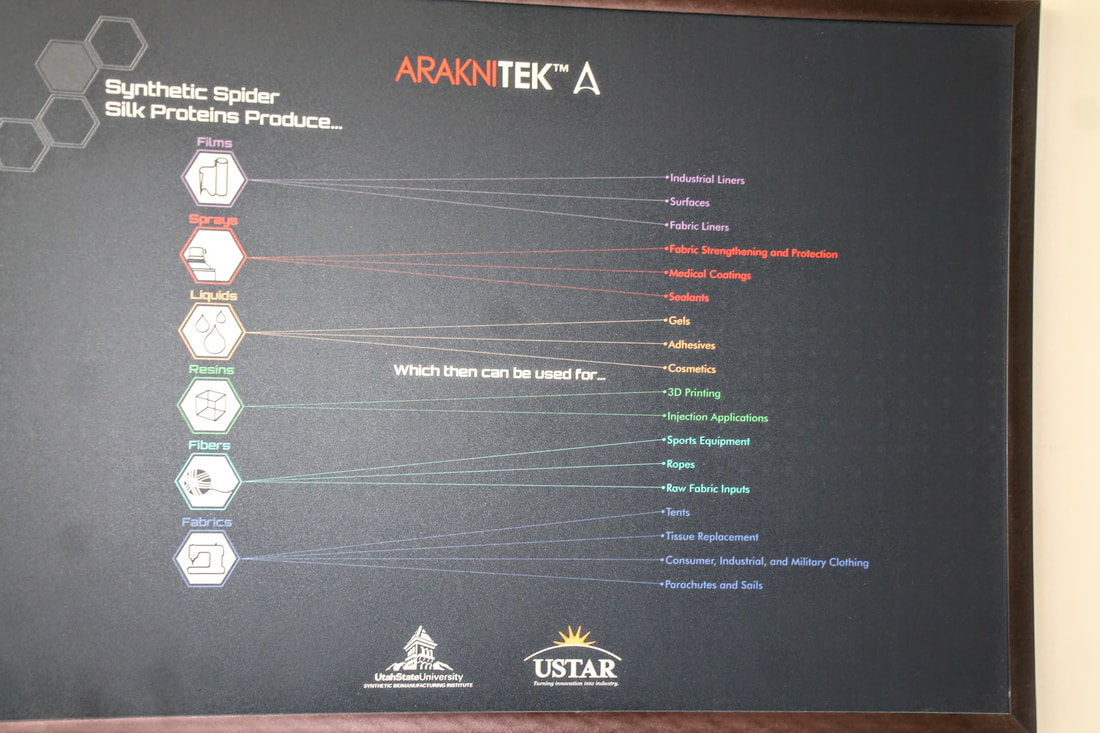
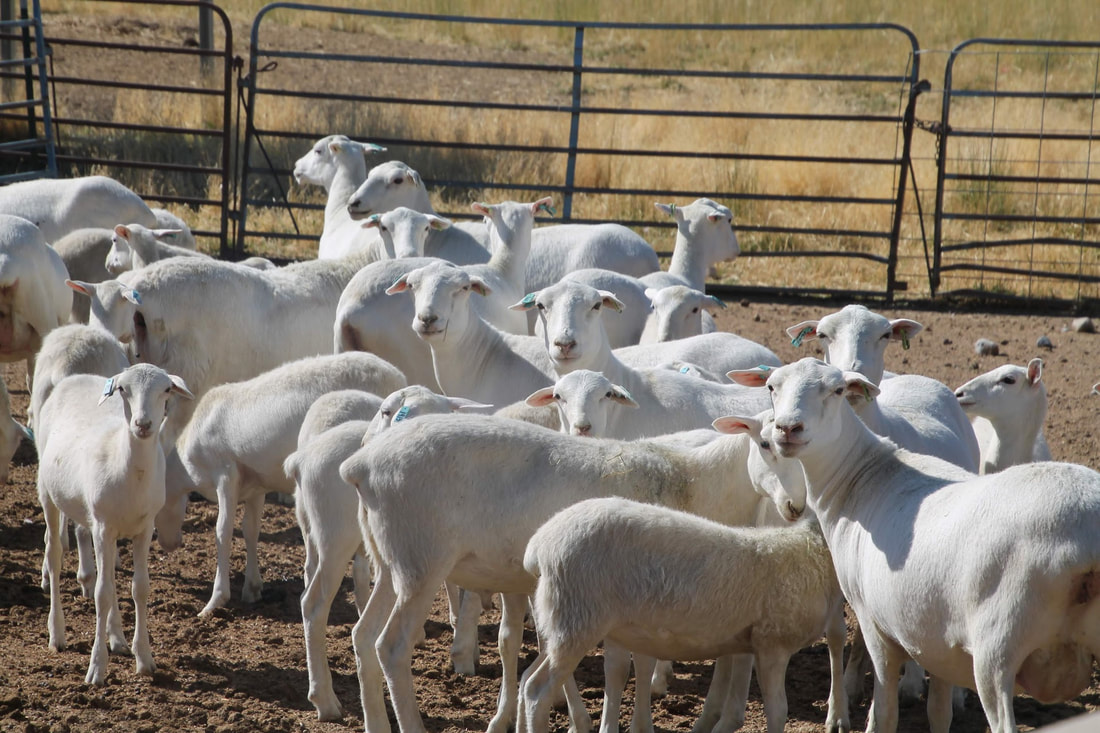
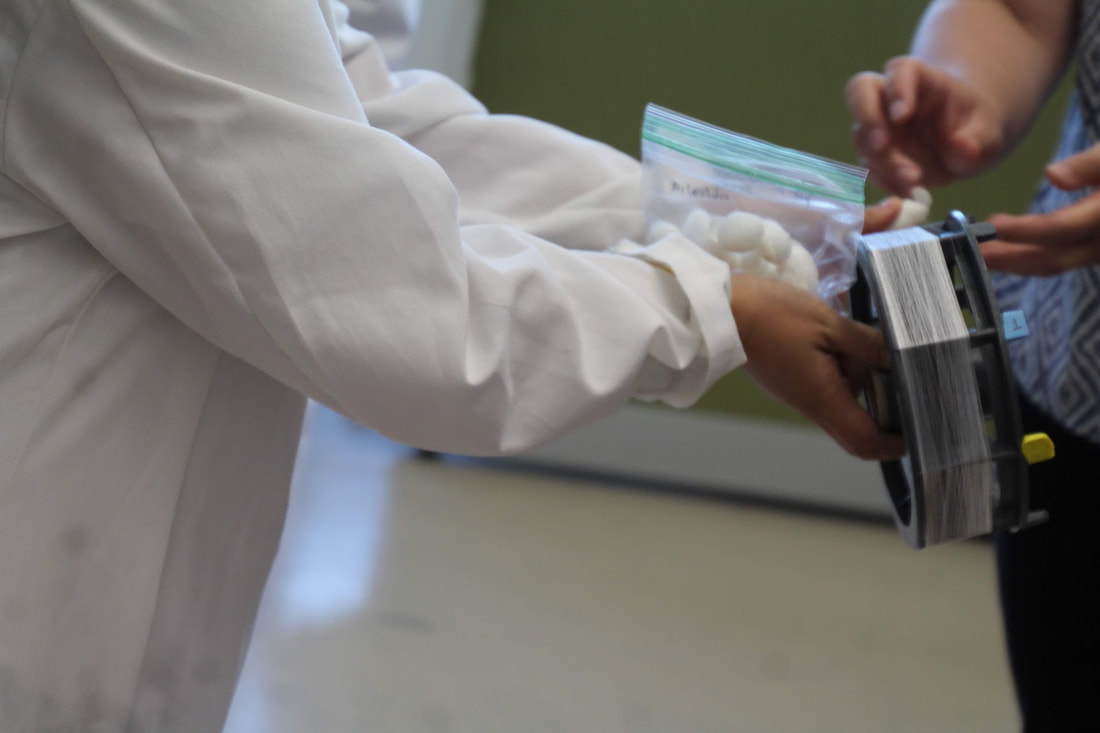
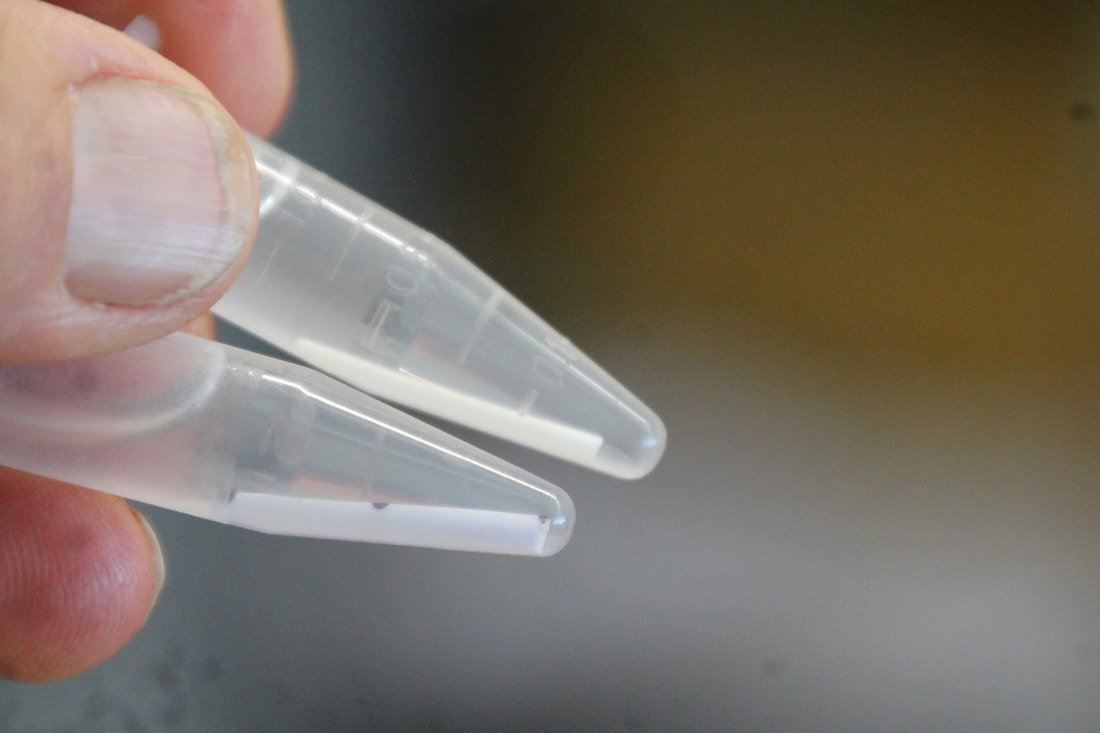
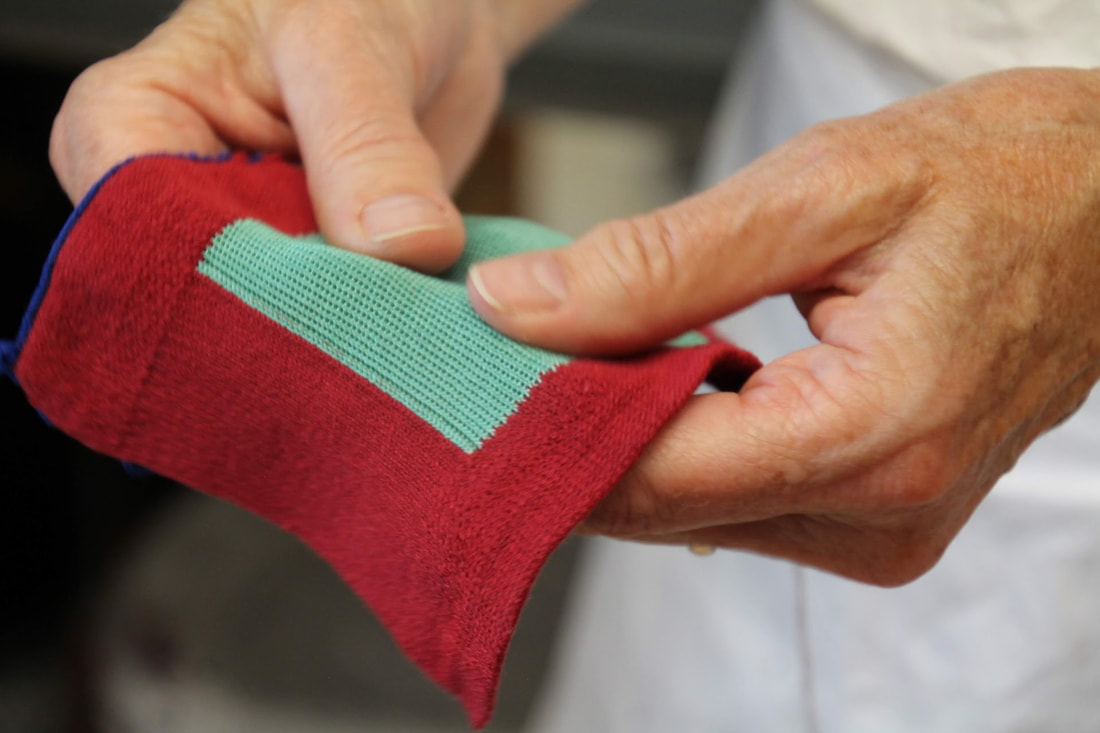
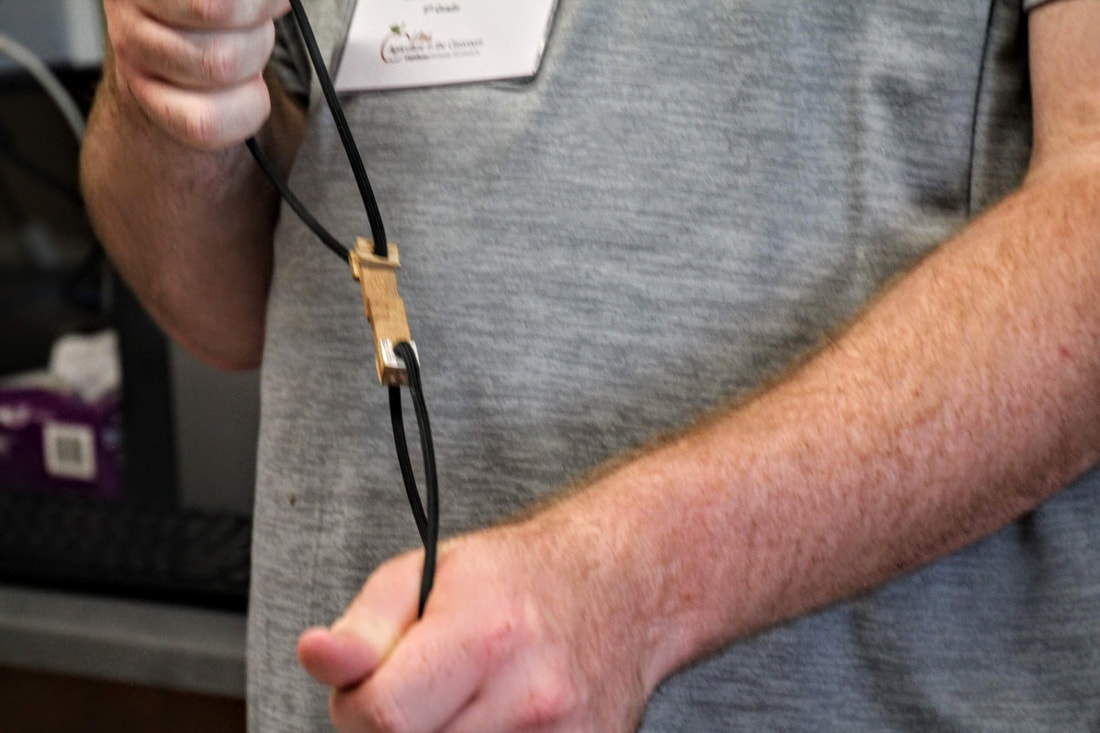
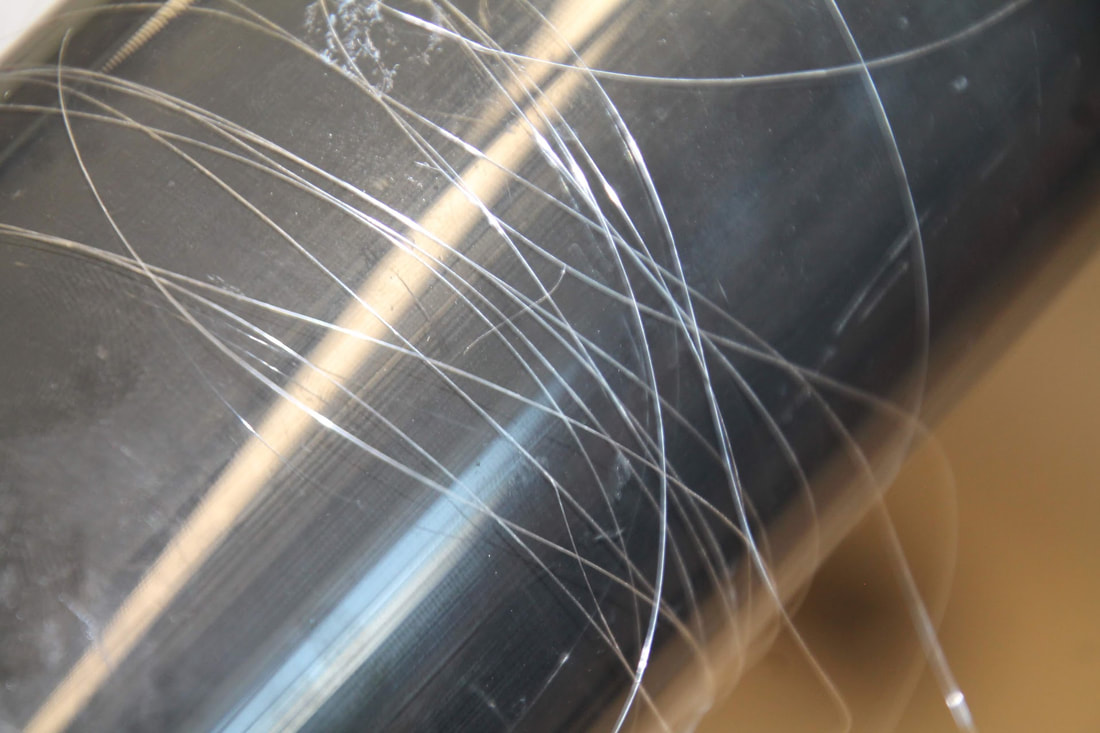
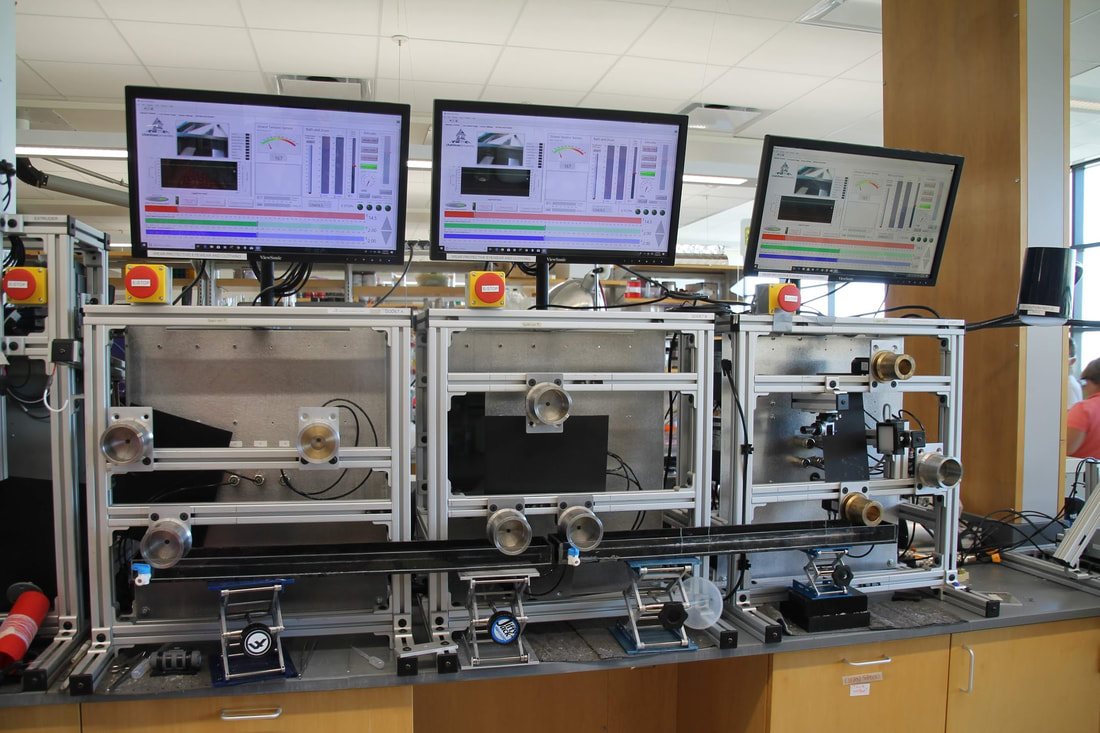
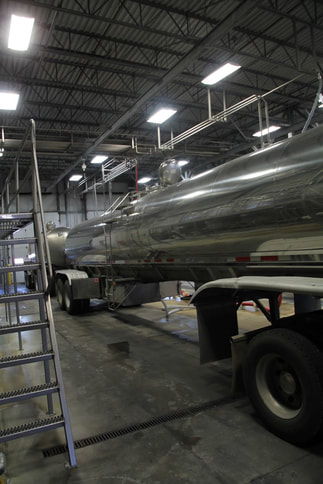
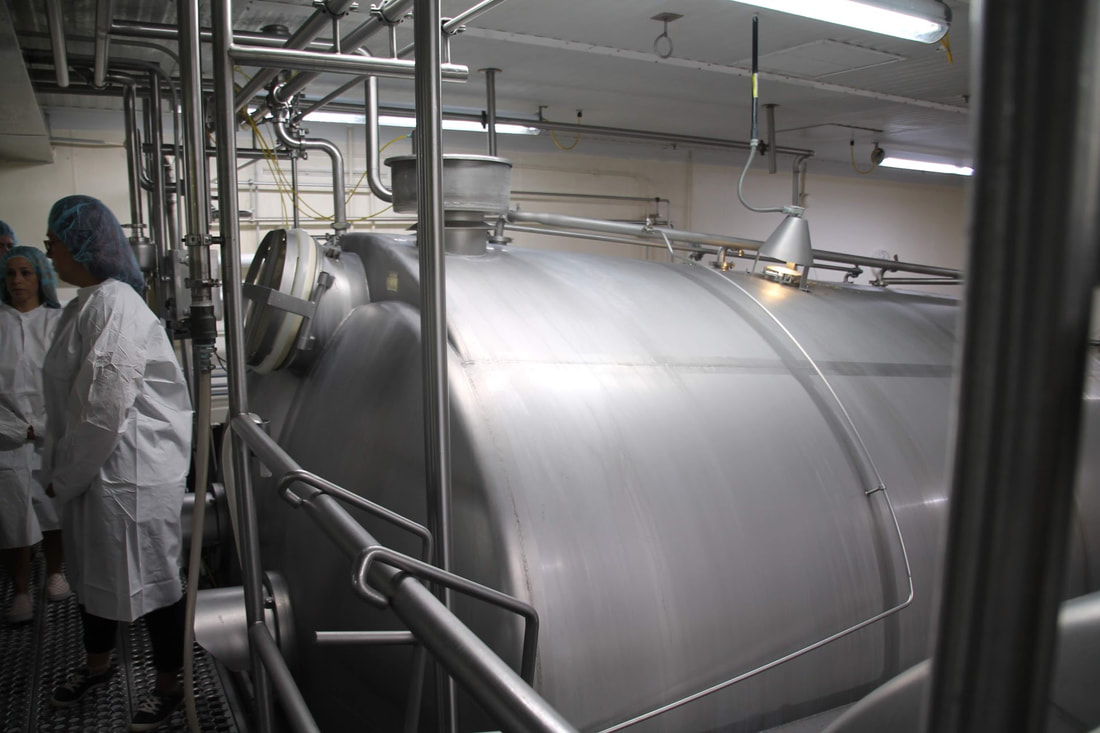
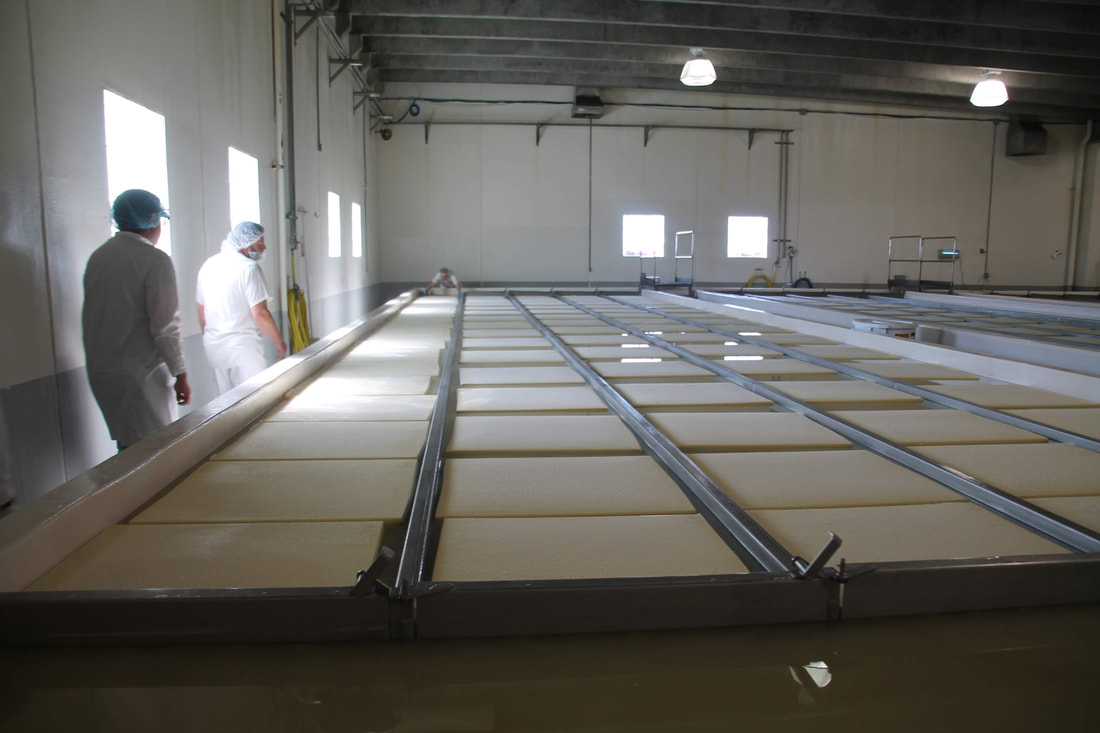
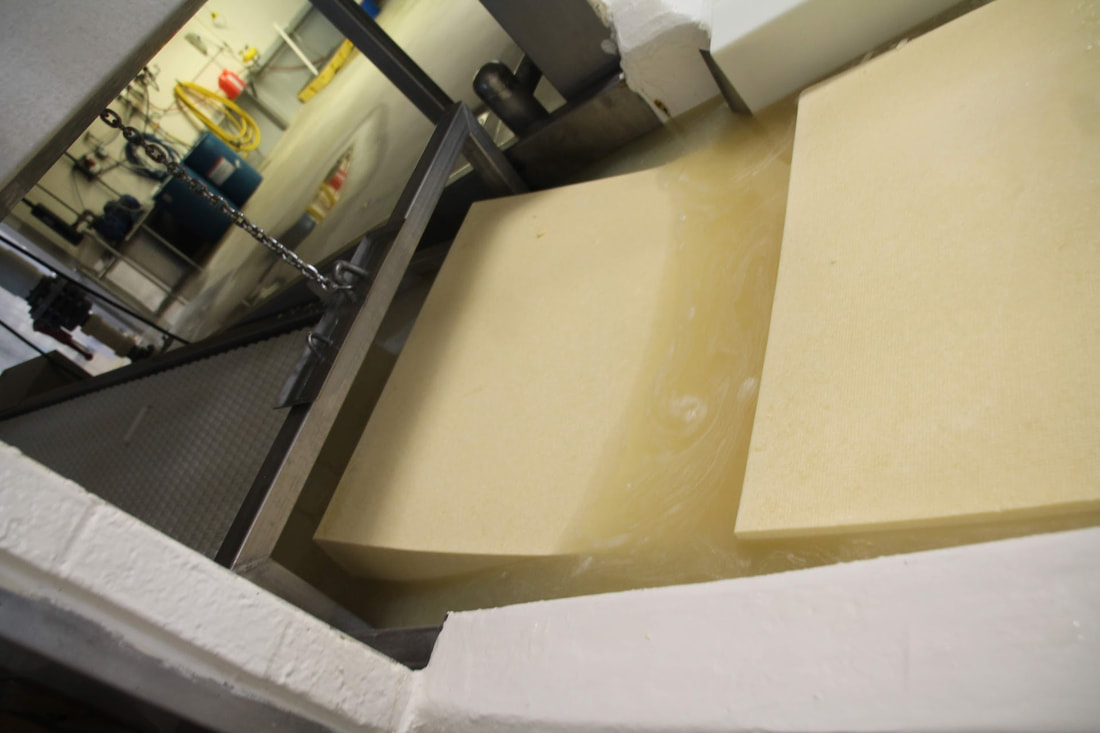
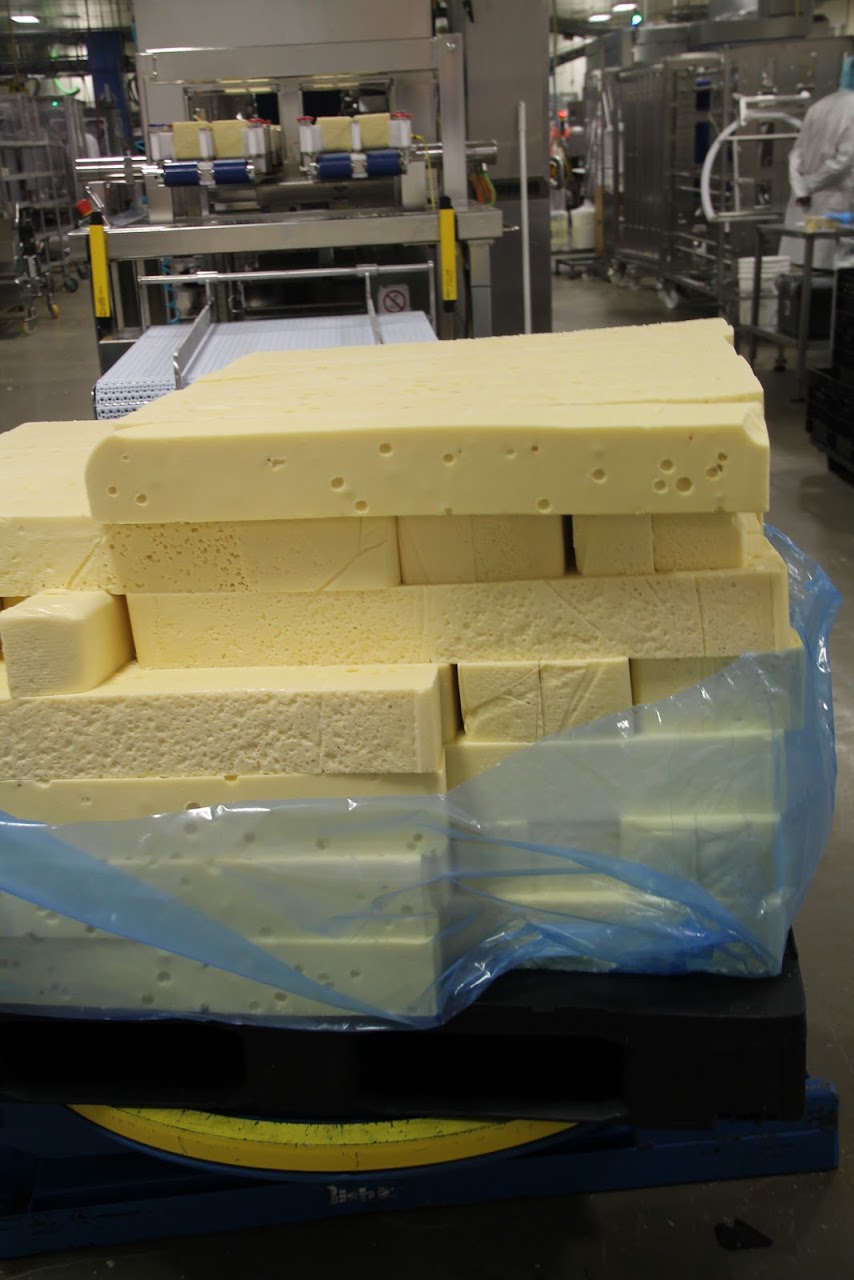
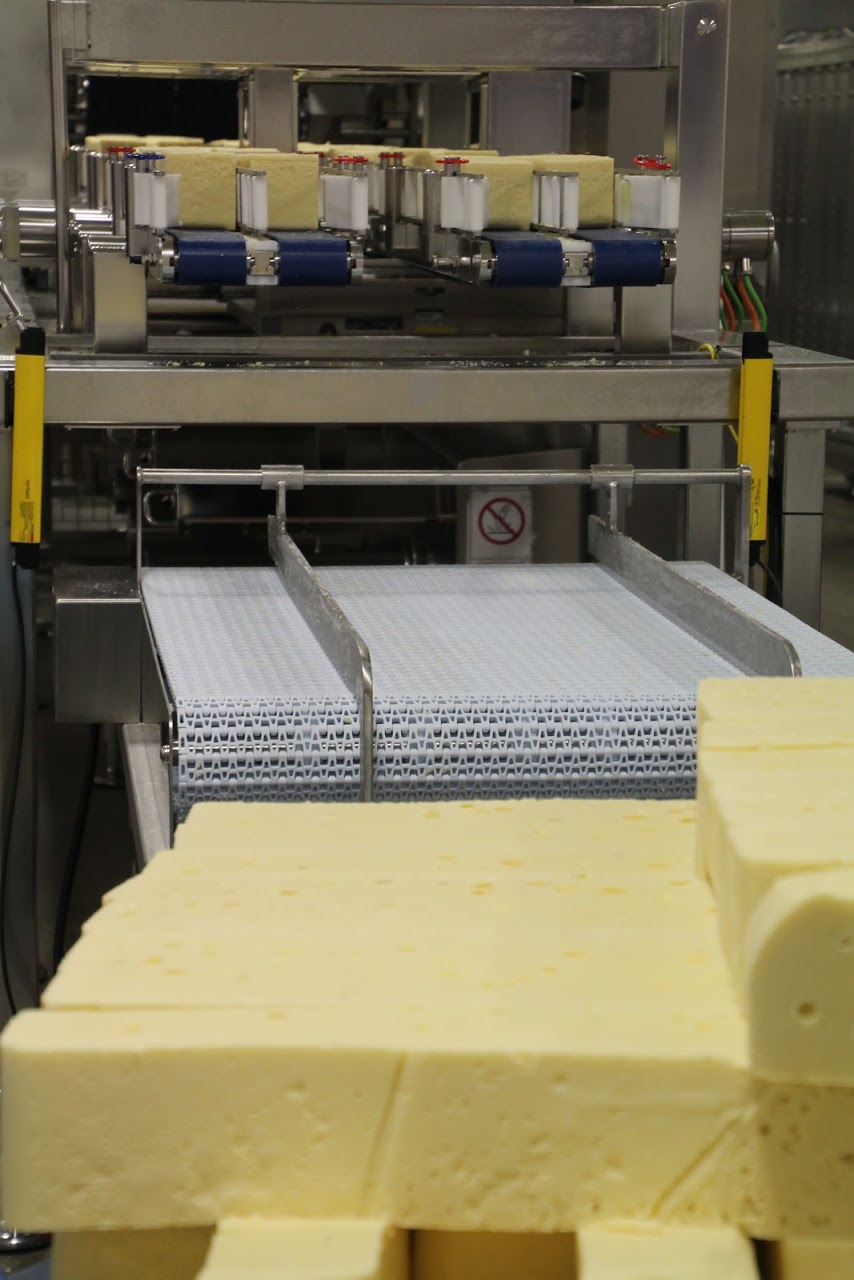
 RSS Feed
RSS Feed
